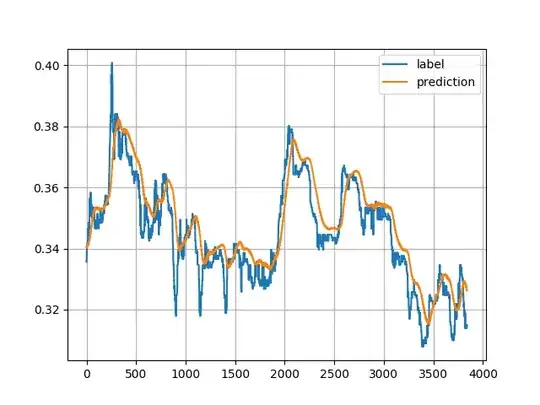I'm currently working on anomaly detection on time series and one of the discords I'm trying to detect are 'mean-shifts,' i.e. the signal suddenly shifting by a certain value while retaining its overall shape and motifs (A noisy Heaviside step function being the most simple example).
I've just discovered the Matrix Profile and am trying to see if it can be exploited to solve the problem since it can detect regime changes with the CAC curve. One problem I have however is that the z-normalization of the MP "erases" this regime change since the motif is the same before and after the changepoint. I've tried to work with an euclidean distance function but it doesn't mesh well with any non-stationary time series : (As all sub sequences have very few close neighbors..) 
I was wondering if there is any way to circumvent this (perhaps by introducing a custom distance function?) or whether the MP is just not adapted to this problem?